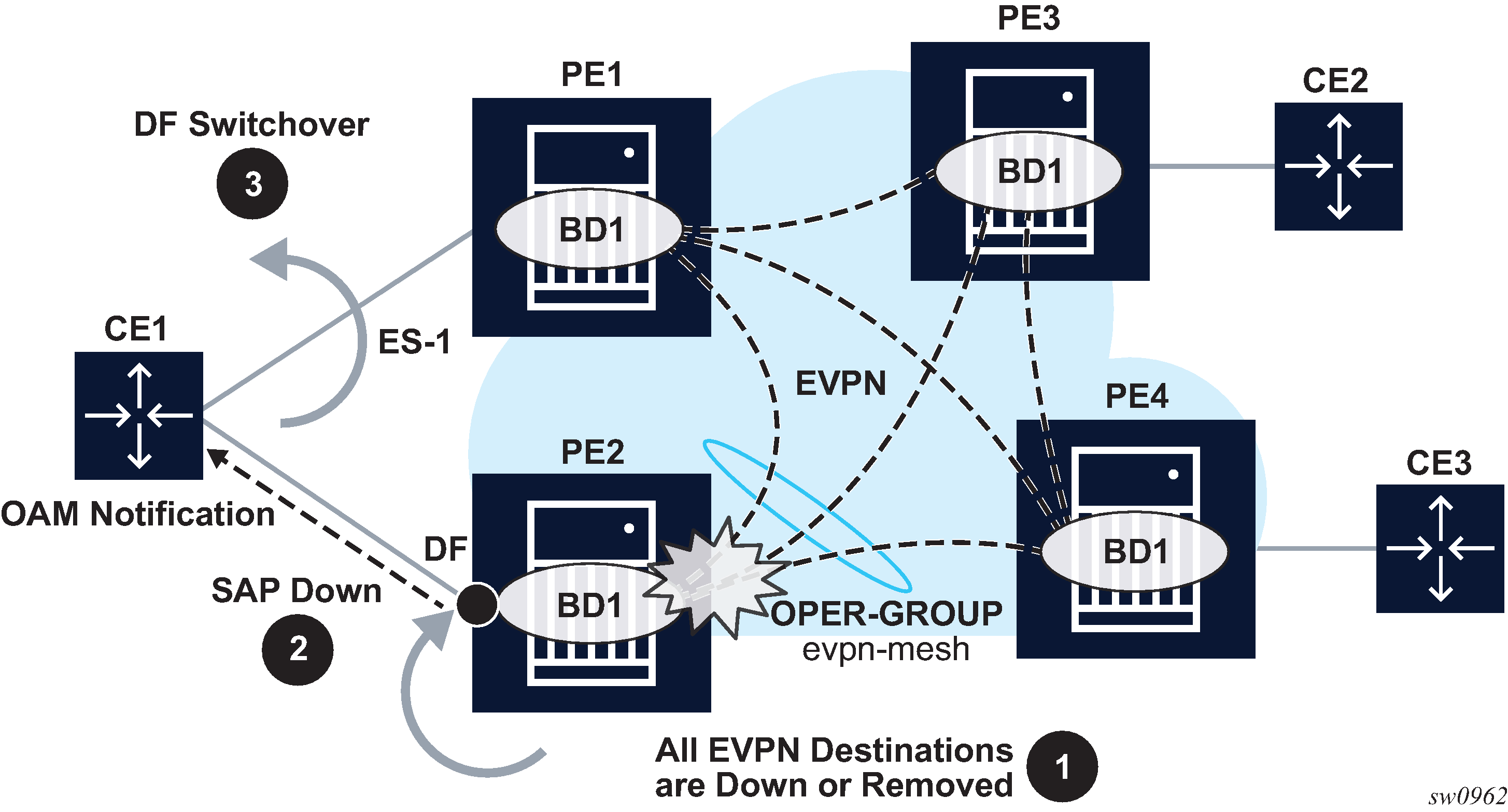Figure 1 shows how blackholes can be avoided when a PE becomes isolated from the core.

In this example, consider that PE2 and PE1 are single-active multihomed to CE1. If PE2 loses all its core links, PE2 must somehow notify CE1 so that PE2 does not continue attracting traffic and so that PE1 can take over. This notification is achieved by using oper-groups under the BGP-EVPN instance in the service. The following is an example output of the PE2 configuration.
*[ex:configure service vpls ”evi1"]
A:admin@PE-2# info
admin-state enable
bgp-evpn {
evi 1
mpls 1 {
admin-state enable
oper-group ‟evpn-mesh”
auto-bind-tunnel {
resolution any
}
}
}
sap lag-1:351 {
monitor-oper-group ‟evpn-mesh”
}
*[ex:configure service oper-group ”evpn-mesh"]
A:admin@PE-2# info detail
hold-time {
up 4
}
With the PE2 configuration and Figure 1 example, the following steps occur.
PE2 loses all its core links, therefore, it removes its EVPN-MPLS destinations. This causes oper-group ‟evpn-mesh” to go down.
Because PE2 is the DF in the Ethernet Segment (ES) ES-1 and sap lag-1:351 is monitoring the oper-group, the SAP becomes operationally down. If ETH-CFM fault propagation is enabled on a down MEP configured on the SAP, CE1 is notified of the failure.
PE1 takes over as the DF based on the withdrawal of the ES (and AD) routes from PE2, and CE1 begins sending traffic immediately to PE1 only, therefore, avoiding a traffic blackhole.
Generally, when oper-groups are associated with EVPN instances:
The oper-group state is determined by the existence of at least one EVPN destination in the EVPN instance.
The oper-group that is configured under a BGP EVPN instance cannot be configured under any other object (for example, SAP, SDP binding, and so on) of the same or different service.
The status of an oper-group associated with an EVPN instance goes down in the following cases:
the service admin-state is disabled (only for VPLS services, not for Epipes)
the BGP EVPN VXLAN or MPLS admin-state are disabled
there are no EVPN destinations associated with the instance